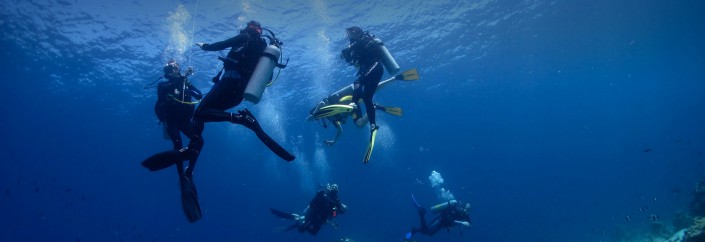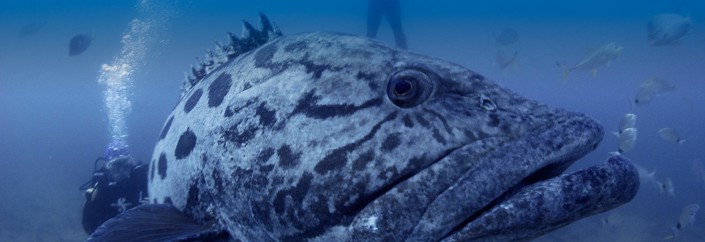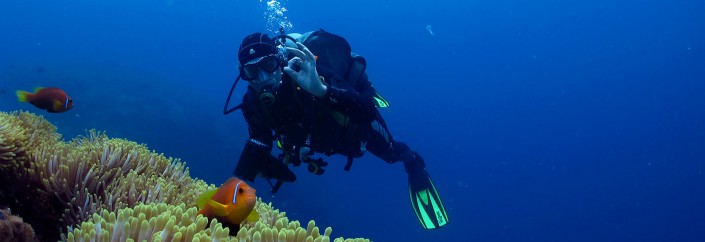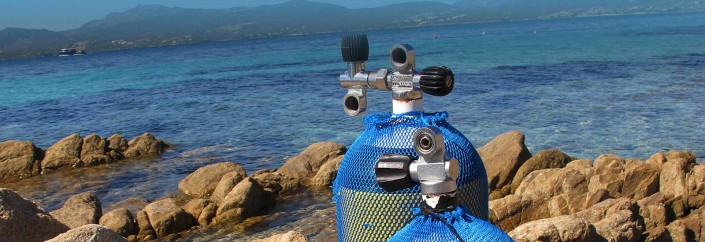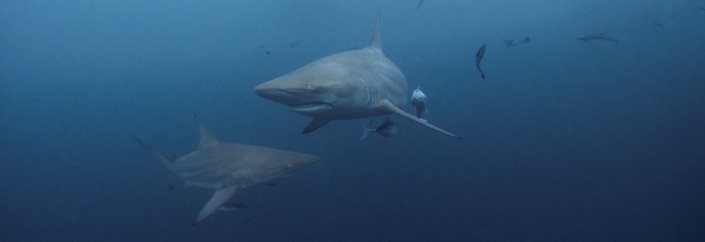
1. South Africa South Africa is probably the best place on earth where to dive with sharks. You’re not just diving with any old sharks, either—among many other species, you’ll be taking to the water with the predatory king of the ocean: the great white. Plan a two week holiday diving the following South African sites, and you might just see more sharks than you will in a lifetime of diving other locations. False Bay and Gansbaai These are the prime spots for diving with Great Whites – in the cage if you have a family, just a snorkel and fins if you happen to be nuts. And while both are well worth visiting, False Bay is slightly less touristy, and also provides visitors the chance to dive with the cow sharks that populate in the area. Aliwal Shoal, Umkomaas Aliwal Shoal is famous for its abundance of oceanic blacktip sharks. Every day, hundreds of divers jump into baited waters containing packs of twenty or thirty blacktips. If you’re lucky and in the right season you may also see tiger sharks. Keep an eye out for sandtiger sharks discarded teeth down in the reef sand! Protea Banks Protea Banks has fewer sharks…

